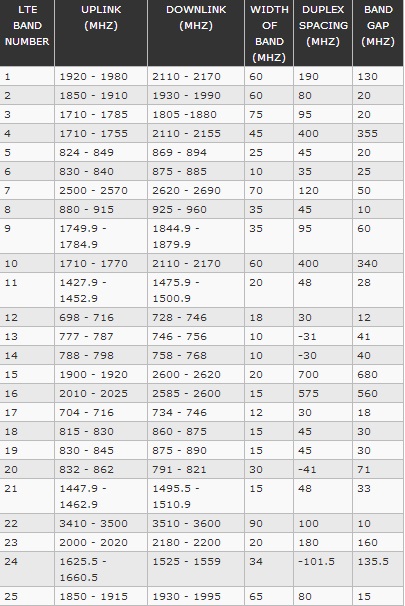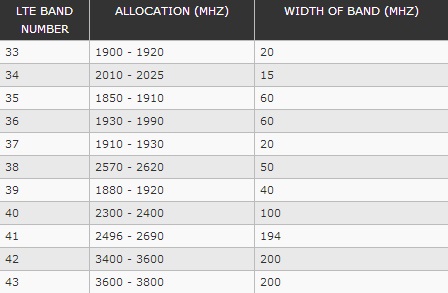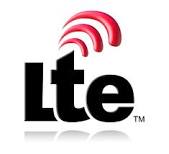A quick go through Airtel’s iPhone 5S page will tell you why many of us might be reluctant to buy iPhone this year. Reason- whopping cost of Rs 71 k for single device (that too without insurance 🙁 )
Samsung, the other competitor & global leader in Smartphone market, has also launched its flagship Galaxy Series phone (Note 3) last month globally with a Smartwatch gear. Albeit phone is quite capable in terms of feature lists, the price tag may spoilsport the moods of many Samsung devotees in India.
Indian Smartphone market at present boasts couple of LTE (4G) capable phones (release 8 onward UE Category 1), notably LG’s G2 & iPhone 5S to name at top. Samsung Galaxy Note 3 (802.11ac capable) has no LTE which is again no go for the phone. But if you read closely the specifications of any LTE Phone it mentions some LTE (4G) bands which the phone is supporting. What are they?
Before we delve deep down, let me explain the modes of operations of 4G. Globally 4G aka LTE & LTE Advance supports multiple frequency bands of operation either on FDD (Frequency Division Duplex) or TDD (Time Division Duplex). Only difference here is the phone which you would be buying should support couple of them in major countries where LTE has been aggressively being rolled out. Good news is that most of the phone manufacturers have taken care of this to save your hassles.
Now coming back to TDD & FDD LTE Smartphones, both are access technologies and phones such as G2 & iPhone 5 supports both modes of 4G. In case of FDD, the regulator of the country has allocated a paired frequency band while in case of TDD; no such paired band is allocated to carriers.
In India, if you are really keen on knowing which LTE (4G) bands are allocated you can check details circle wise here. But overall, if you see, the entire LTE (4G BWA) band allocation at present lay in 2300-2400 MHz band, where 20 MHz of spectrum is allocated to two carriers in each circle. So if you are staying in Delhi, you could choose between Reliance 4G (yet to launch) or Airtel 4G (pre-planning going on), both on TDD LTE Band 40 (2300-2400 MHz).
So India at present is having 4G bands allocated in TDD 2300-2400 MHz and both iPhone 5 & LG G2 supports TDD LTE Operations in band 40. What about other phones like Xolo LTE Device?
Really speaking, I haven’t investigated detailed specs of new LTE devices in market, but you can be sure of your investments by checking detailed specifications at manufacturer’s webpage. Most of the LTE device makers are already satisfying TDD 2.3-2.4 GHz TDD band 40 support requirement in India.
But other aspect, which might play important role in coming years, is LTE Roaming and band support globally. So if you look at iPhone 5S Specs, it supports FDD 1, 2, 3, 5, 6, 7, 8 & 20 bands, while TDD band 38, 39 & 40. What all these bands are?
A Chart below will give details about LTE FDD Bands supported worldwide:

While TDD LTE Bands supported are as below:

So do check the bands supported by any LTE Capable device before investing.
One interesting aspect, which yet to be topic of interest among buyers would be MIMO (Multi Input- Multi Output) Capability of LTE Devices. Although LG G2 supports MIMO more details are awaited for other devices. MIMO, is optional feature with Category 1 LTE Devices, but soon would be mandatory feature in Cat 5 devices. Apart from cost & device complexity implications, MIMO would help to achieve higher data rates for UPLINK & DOWNLINK channels. So MIMO Capable devices will quickly download a movie from Youtube than a non-MIMO device due to support of Spatial Multiplexing support, giving throughput upto 100 Mbps or even more in Downlink.
Why investing is these devices doesn’t make sense at present? So while you are willing to spend Rs 46 k for Galaxy Note 3, the carriers are making no efforts to make such high value deals viable. If you are Vodafone subscriber, you are entitled just 2 GB 3G Data (worth Rs 500) for two months. Similar deals are available for other high end devices from other carriers. But does that make sense? If carriers are willing to exploit more money out of data, such high end Smartphone buyers should be at center of launching special offers to boost data uptakes & making high cost smartphone purchases look more attractive. Offering some amount of free data doesn’t seem to be enough discounting for new purchaser. Moreover, till the Smartphone makers move away from marketing only feature list than benefits, buyers need more incentive to buy high tech devices.




